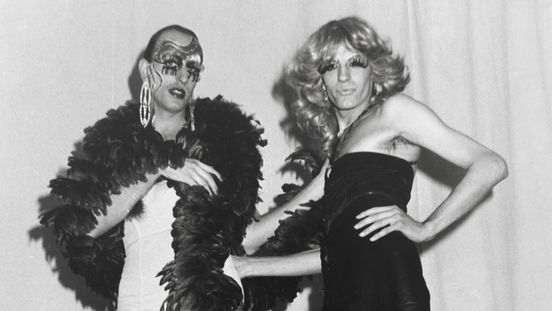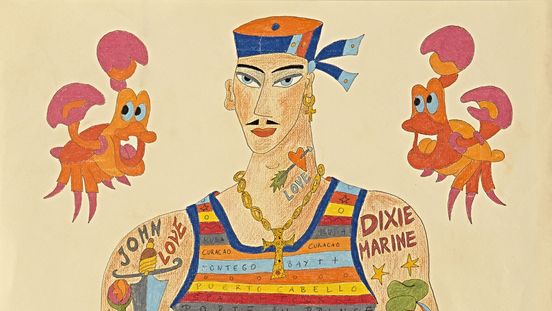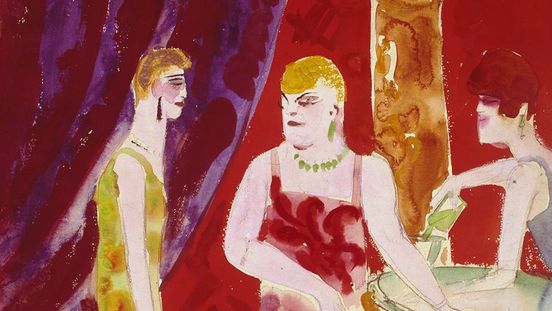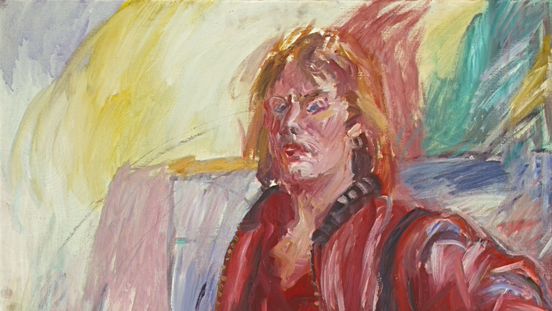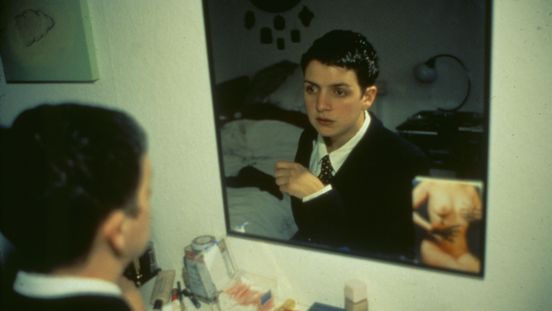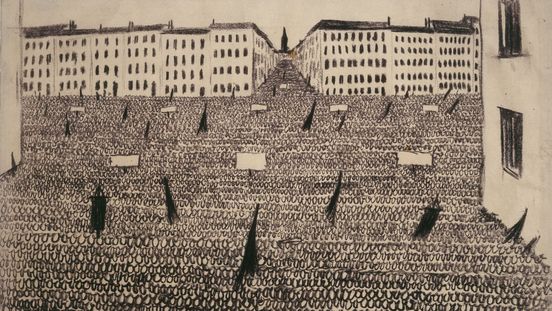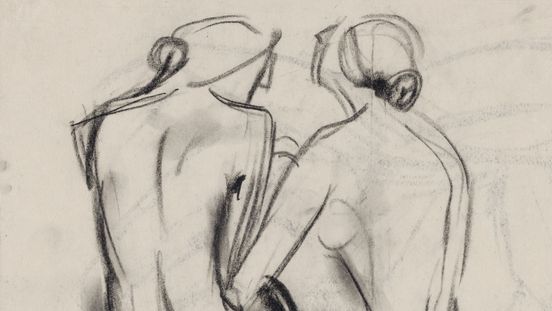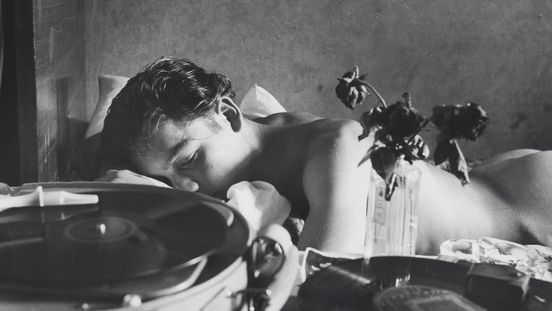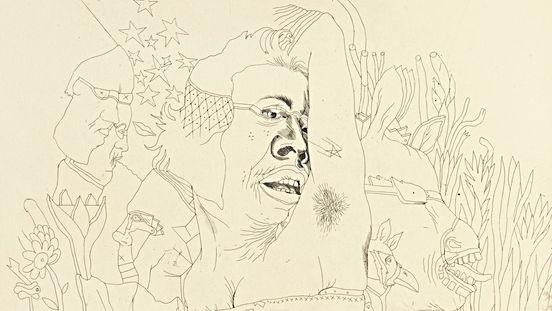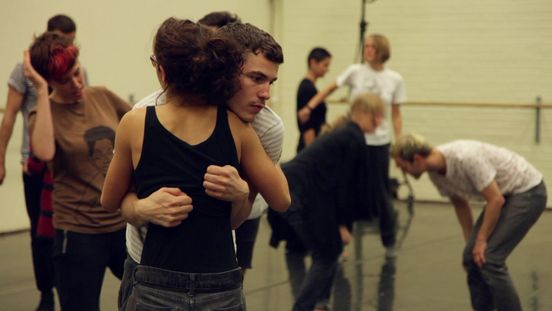Lost in a daydream, the portrait of writer Til Brugman (1888–1958) gazes past us. Humorous or even satirical references from the time, which are otherwise commonplace in the work of Hannah Höch (1889–1978), are absent here. Instead, the artist has torn up coloured paper and rearranged it into a picturesque collage in which the individual scraps, configured into a sculptural and mosaic-like whole, resemble thick brush-strokes on paper.
Over the course of her career, Höch, a Dadaist, used collage to critically portray and deconstruct perceived societal ills, including the institution of marriage. Using her tool – a pair of scissors – she cut up images or texts from contemporary media and assembled the pieces into new, seemingly deformed portraits. The figures’ identities are often unknowable: Whom or what are we looking at here? These portrayals resist the viewers’ desire to classify what they see into stereotypical categories.
The portrait of Brugman functions differently. Instead of destruction, Höch opts for assembly as a form of expression. Her tools are her hands. Composed using soft colours, the image demands a vivid and sensitive exploration of what it portrays: we attempt to grasp this and piece it together from its individual fragments. Out of many small pieces, Höch constructs the whole that Brugman embodies for her.
Höch created this portrait of her partner in 1927. At the time, the couple was based in The Hague, where, from 1926 to 1929, they resided with Höch’s cat "Ninn". Höch had previously grappled with female stereotypes, but her relationship with Brugman now led her to deeper examination of heteronormative gender roles. Höch’s collages are diverse, for they disrupt gender classifications.
